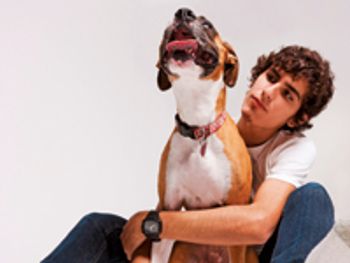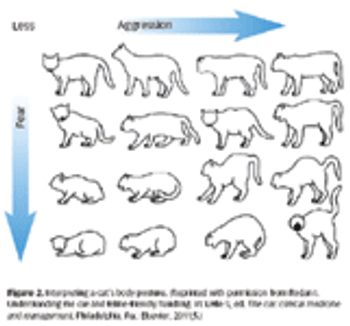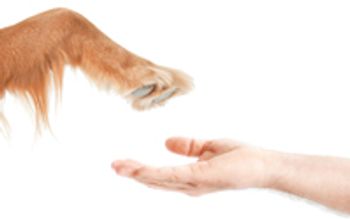
More reaction to "Treat or euthanize?"

More reaction to "Treat or euthanize?"

Embrace deference, not dominance, to ensure healthy and happy human-pet relationships.

Exploring our misconceptions and myths about human-pet relationships.

Another option for training cats to remain in the yard.

Dr. John Ciribassi discusses whether this measure can decrease a pet's post-traumatic depression.

Drs. Pete VanVranken and John Ciribassi discuss many aspects of aggression in pets.

Management options include reestablishing bonds with the foals or using surrogate mares.

While the number of cats being kept as companions in North American homes is increasing, the number of feline visits to clinics has been declining since 2001.

East Hanover, N.J. -- Novartis Animal Health is warning veterinarians of a "rare possibility" that a wrong tablet might be found in some 30-count bottles of Clomicalm® (clomipramine hydrochloride) tablets.

Predation, play, and perches are key to helping cats expend more energy, says Dr. Jacqueline Neilson.

A dog that can distinguish among more than 1,000 objects-including toys-is helping to show that dogs learn in much the same way as humans do.

A reader questions the advice of making cats outdoor pets to solve elimination problems.

Dr. Gary Landsberg explains the importance of asking about behavior changes each time you see a pet.

Dr. Jacqueline Neilson has a few tips to stop dogs from chasing cats that live in the same household.

Address behavior as part of pets' whole health.

John Ciribassi, DVM, DACVB, talks about situations in which euthanasia is the only appropriate option.

Dr. Lewellen recounts her experience with the question of whether to treat or euthanize a pet with a behavior problem.

A compliment from one practice client gave me the confidence to get closer to fractious felines.

Concrete steps you can take in reaching a decision.

Use these steps to safely wrap and restrain a cat.

Our Practitioner Advisory Board weighs in on this critical topic.

Be ready to answer these client questions to ensure a successful housetraining process.

A look at the positive and negative indicators for anxiety and aggression treatment outcome.

Dr. Jacqueline Neilson gives her advice about a complicated behavior problem.

Helpful pointers to give clients to humanely housetrain their dogs.